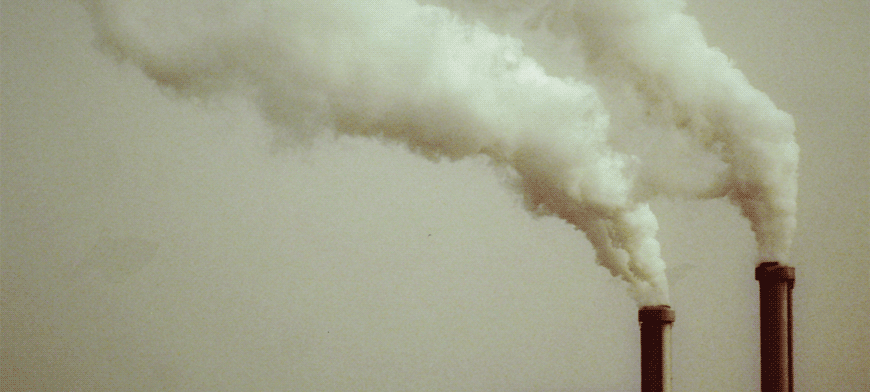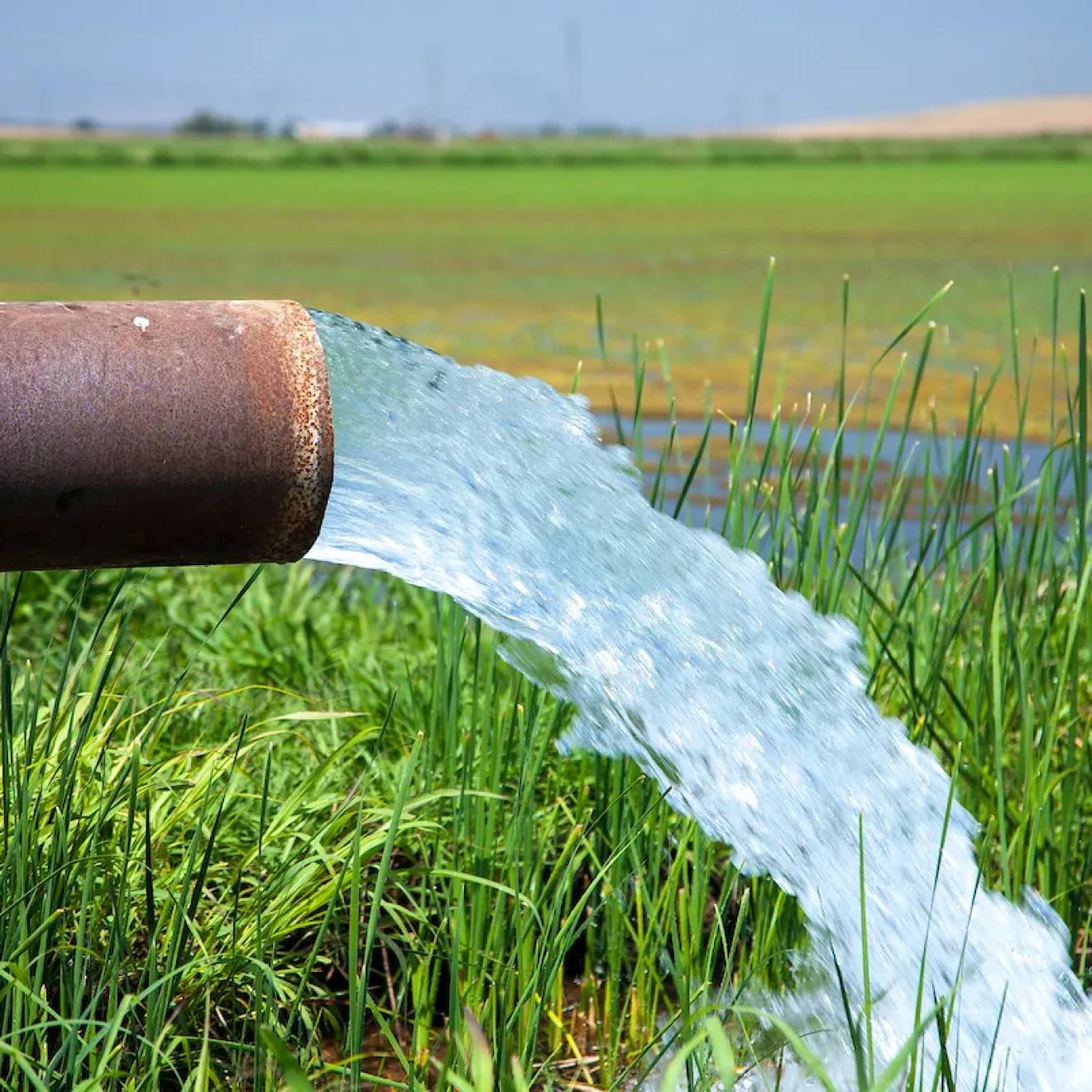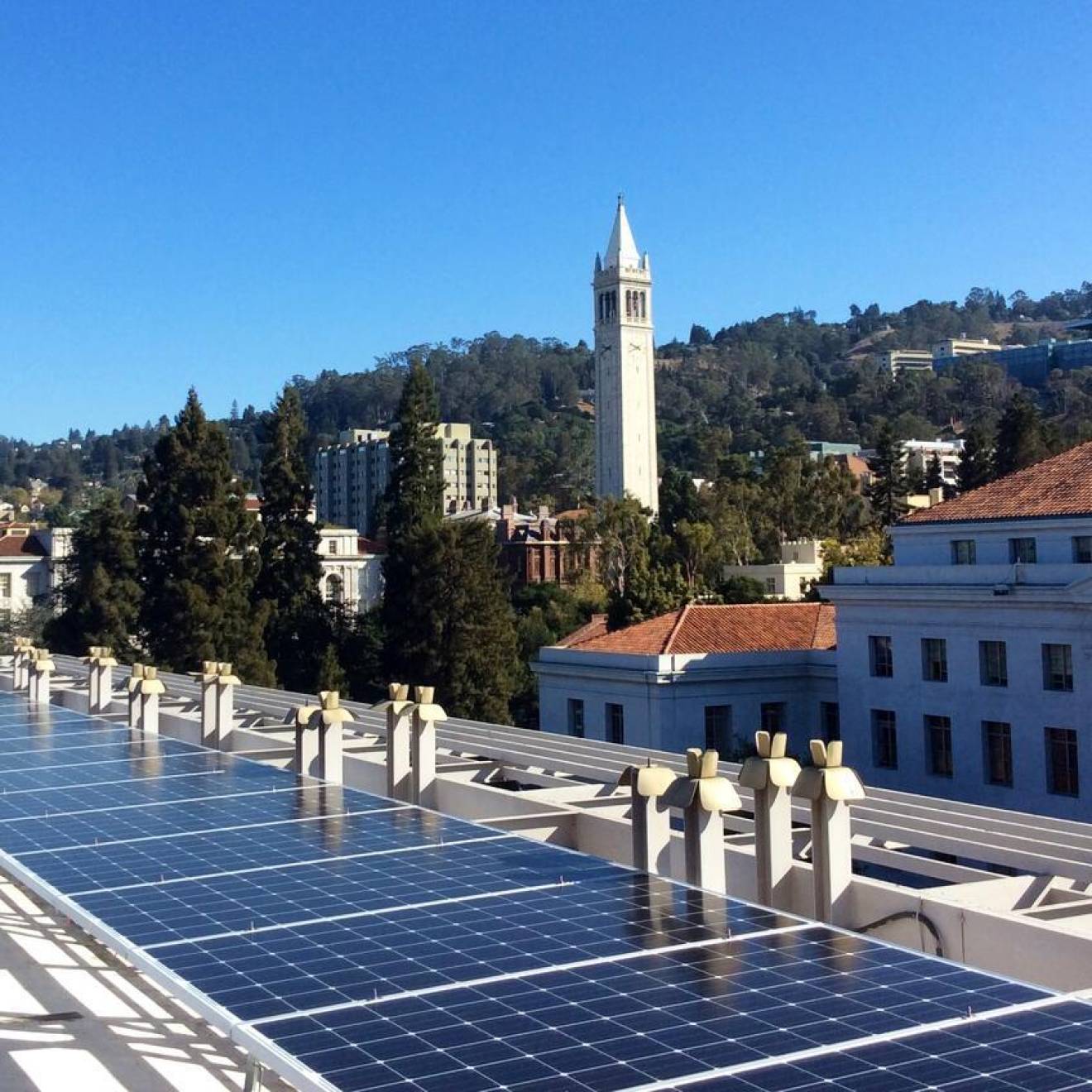It’s becoming increasingly clear, however, that climate change isn’t down the road, it’s right now — and addressing it can help solve other problems.
“Climate change hurts us all, because air doesn't respect borders or walls,” said Vien Truong of Green for All, a nonprofit founded by political commentator and environmentalist Van Jones. “It impacts disproportionately people who live in low-income communities and communities of color.”
Truong knows. She’s not just the director of a national initiative to build a green economy while lifting people out of poverty: Her hometown is the low-income community of West Oakland in Northern California.
“Where we are now, one out of four people have asthma. And that ratio is about right in my family,” said Truong.
Who climate change hurts most
As a UC Hastings-educated lawyer, Truong could have left Oakland and pursued opportunities elsewhere. Instead she decided to give back to those most affected by pollution.
Nearly 7 million people die prematurely from indoor and outdoor air pollution every year, according to the Climate and Clean Air Coalition. Escaping pollution is a luxury many can’t afford, and this translates to increased health risks in low-income communities.
“The zip code that I live in is projected to have 12 years less of a life expectancy than in Walnut Creek, which is just a few miles away from here,” says Truong.
Truong and members of her coalition started by asking their communities what they needed.
“They gave us a laundry list of things, and we took that as our priorities to advocate on,” she recalls. “And everything they asked for we got.”
Truong and her colleagues helped organize free public transportation for seniors and students, affordable housing in transit-oriented developments, free solar panels, free energy efficiency upgrades and trees in neighborhoods that have high heat but minimal shade.
Finding the funding
To pay for these programs, California turned to its cap-and-trade program. If companies that produce air pollution can’t meet state reduction goals set by California’s 2006 bill AB 32, they can buy allowances from companies that surpass their goals, or from the state at an auction. In 2012 Truong helped pass a bill to direct a portion of this money to low-income communities most affected by pollution.
“In the first year alone, we were seeing close to $300 million. The second year, $559 million, and that's going to increase,” Truong said. “The state has projected that by the time we get to 2020, we may see up to $12 billion of investments, just for the poorest and most polluted census tracts."
This approach has proven so effective that funding has increased since it was introduced. The original law required a quarter of the funds to benefit disadvantaged communities; now half of that money goes to these projects.
Bad for business?
The cap-and-trade program is not without its critics. Some argue that a free market would correct itself, that regulations hurt the economy. Others argue that a carbon tax would be more effective.
One thing is clear to Mary Nichols, chair of the California Air Resources Board and UCLA professor: California’s regulations have not hurt the economy.
“We have actually reduced our greenhouse gas emissions, although our economy has actually grown," she says. "Investments of green technologies have flowed to California in much greater numbers than any other place in the U.S., and whole new businesses have arisen, grown up or moved here because of this policy."
A growing economy, declining pollution and direct support from cap-and-trade funding – this all spells good news for low-income communities, but it’s not complete fix. As emissions drop, the cap-and-trade funding also drops, while the effects of climate change will linger for many years. California’s cap-and-trade approach does not yet fill that gap, but it is an important first step toward making a greener future a reality for everyone.
Is going green too hard, too expensive, too much sacrifice? California begs to differ. Not only is California helping low-income communities with cap-and-trade funding, it’s proving that we can have a clean economy and a prosperous one too. Watch how people are learning to make living sustainably easy, for individuals and society as a whole:


